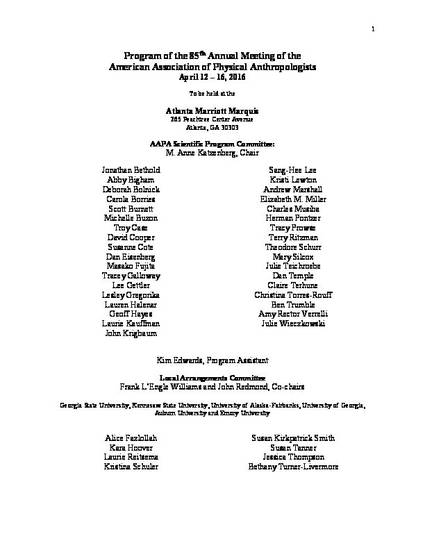
The high altitude transverse valleys (> 3000 masl) of the Himalayan arc from Arunachal Pradesh to Ladahk were among the last habitable places permanently colonized by prehistoric humans due to the challenges of hypoxia, cold stress, and resource scarcity. The modern populations of these valleys share cultural and linguistic affinities with peoples found today on the Tibetan plateau, and it is commonly assumed that these modern peoples are the descendants of the earliest inhabitants of these valleys. However, this assumption has been challenged by archaeological and osteological evidence that suggests that these valleys were originally populated from areas other than the Tibetan plateau, some of which are found at low elevation. Importantly, long-term inhabitants of the Tibetan plateau are known to have evolved genetic adaptations to hypoxia, including selection of an EGLN1 allele that is rare in lowlanders. Therefore, migrants into these valleys would have been at a disadvantage relative to pre-existing adapted populations. To investigate the peopling and early population history of this dynamic high altitude contact zone, we obtained low-coverage genome-wide sequences (0.04-0.65x, mean 0.25x) and high coverage mitochondrial sequences (20.8-77.8x, mean 46.4x) from eight individuals dating to three periods with distinct material culture in the Annapurna Conservation Area (ACA) of Nepal, spanning 3150-1250 BP. We demonstrate that the region is characterized by long-term stability of the population genetic make up despite marked changes in cultural remains. Genome-wide markers, mitochondrial haplotypes, and high altitude adaptive alleles suggest a high altitude East Asian origin for prehistoric Himalayan populations.
Available at: http://works.bepress.com/andrew-ozga/33/

This work was supported by the U.S. NSF (ATM/HSD-057620 and BCS-1528698), the U.S. NIH (R01HL119577), the National Geographic Society, the Henry Luce Foundation, The North Face company, and the Field Museum.